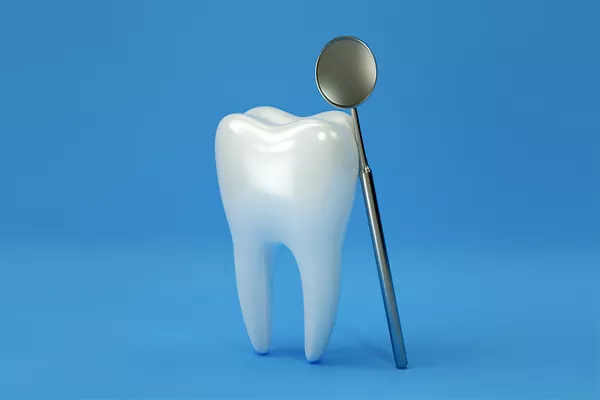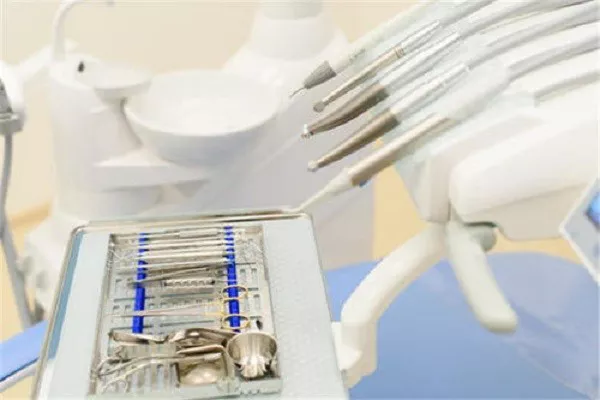Orthodontic treatment is a common and effective way to correct dental issues, improve oral health, and enhance the appearance of your smile. Dental spacers, also known as orthodontic spacers or separators, are a crucial part of many orthodontic journeys. These small devices play a vital role in creating the necessary space for braces or other orthodontic appliances. However, before embarking on orthodontic treatment, it’s essential to understand the costs associated with dental spacers. In this comprehensive guide, we will explore the factors influencing the cost of dental spacers and provide insights to help you budget for your orthodontic needs.
What Are Dental Spacers?
Dental spacers are tiny, often rubber or metal, devices placed between specific teeth to create space before the installation of braces or other orthodontic appliances. They serve several essential functions:
Space Creation: Dental spacers gently push adjacent teeth apart, creating enough space for bands or brackets to be securely attached during the later stages of orthodontic treatment.
Tooth Alignment: By creating space, dental spacers contribute to the alignment of your teeth, ensuring they are properly positioned for effective orthodontic correction.
Improved Comfort: Properly spaced teeth make it more comfortable to wear braces or other orthodontic devices, reducing the risk of discomfort and irritation.
Factors Influencing the Cost of Dental Spacers
The cost of dental spacers can vary significantly based on various factors, including:
Type of Spacer: There are different types of dental spacers, including metal, rubber, and plastic options. The cost may vary depending on the type selected and its material composition.
Orthodontic Provider: The fees for dental spacers can differ between orthodontic providers, including orthodontists and general dentists. Orthodontists, who specialize in orthodontic treatment, may have different pricing structures.
Geographic Location: The cost of dental spacers can vary based on your geographic location. Prices tend to be higher in metropolitan areas with a higher cost of living.
Complexity of Treatment: The complexity of your orthodontic needs and the number of spacers required can influence the overall cost. Some individuals may need spacers as part of a comprehensive orthodontic treatment plan, while others may require them for minor adjustments.
Insurance Coverage: Dental insurance plans may cover a portion of the cost of orthodontic treatment, including dental spacers. Check with your insurance provider to understand your coverage and any out-of-pocket expenses.
Average Cost of Dental Spacers
The cost of dental spacers can vary widely, but as a general guideline, you can expect to pay anywhere from $100 to $500 or more per spacer. It’s essential to keep in mind that this cost is for each spacer, and the total expense will depend on how many spacers are required for your specific treatment.
Additional Costs to Consider
When budgeting for orthodontic treatment, it’s crucial to be aware of potential additional costs associated with dental spacers:
Orthodontic Evaluation: Before receiving dental spacers, you may need an orthodontic evaluation, which can include X-rays, impressions, and consultations. These assessments may have associated fees.
Braces or Orthodontic Appliances: Dental spacers are typically used as a precursor to braces or other orthodontic appliances. You should budget for the cost of these treatments, which can vary significantly based on the complexity of your case and the type of appliances used.
Retention Phase: After orthodontic treatment, a retention phase may be necessary to maintain the results. This phase may include the cost of retainers and follow-up appointments.
Emergency Repairs: In some cases, you may incur additional costs for emergency repairs or adjustments to your dental spacers.
Dental Visits: Regular dental check-ups during orthodontic treatment are essential. These visits may involve additional fees for cleanings, X-rays, or other dental services.
Financial Considerations and Payment Options
To manage the cost of dental spacers and orthodontic treatment, consider the following financial considerations and payment options:
Dental Insurance: Review your dental insurance policy to determine if it covers orthodontic treatment, including dental spacers. Be aware of any coverage limits or waiting periods.
Flexible Spending Accounts (FSAs) or Health Savings Accounts (HSAs): If you have access to an FSA or HSA, you can use these accounts to pay for orthodontic expenses, potentially providing tax benefits.
Payment Plans: Many orthodontic providers offer flexible payment plans that allow you to spread the cost of treatment over several months or years. Inquire about available payment options.
Orthodontic Discounts: Some providers offer discounts or package deals for comprehensive orthodontic treatment that includes dental spacers and braces. Ask about potential discounts.
Orthodontic Grants and Scholarships: In some cases, orthodontic organizations or foundations offer grants or scholarships to individuals in need of orthodontic treatment. Explore these opportunities if you qualify.
Conclusion
Dental spacers are an integral part of many orthodontic treatment plans, helping create the necessary space for braces or other appliances to achieve proper alignment and a beautiful smile. Understanding the factors influencing the cost of dental spacers and considering your financial options can help you budget for orthodontic treatment effectively. Prioritize your oral health and seek consultations from orthodontic providers to discuss your specific needs, treatment plan, and associated costs. By investing in your smile, you can enjoy the long-term benefits of improved dental health and enhanced self-confidence.
Related Topics:






























